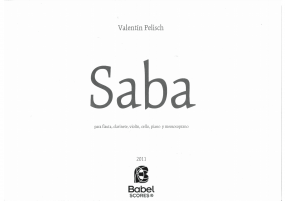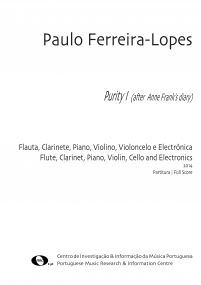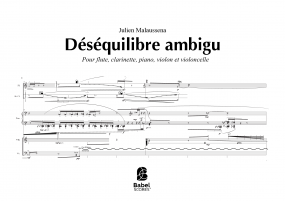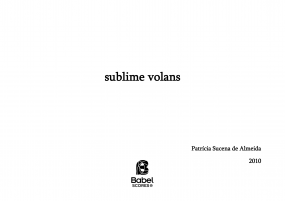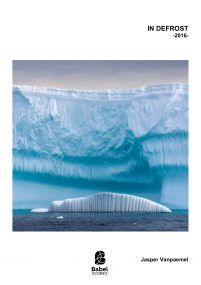Kambozorg
ISMN : 979-0-2325-4368-0
- Identifiez-vous pour créer une liste
Kambozorg, a Persian term meaning „a less than large step“, describes the Arabian three-quarter-tone, an interval prevalent in the music of the entire Middle East. Numerous Arabian scales feature a major second preceding two three-quarter-tones of slightly different size (the exact interval sizes vary among different regions) – a sequence of intervals that corresponds to partials 9 through 12 of the overtone series.
The intervals of the overtone series therefore not only function as the intrinsic backbone of any pitch-based music per se. Ever since the experiments in ancient Greece (attributed to Pythagoras), which focused on the study of interval ratios with the aid of the monochord, they have served as a constitutive element of both the generation of intervals and the understanding of consonance and dissonance. At that time, the north-eastern Mediterranean presented itself as a very homogeneous cultural area which is regarded as the origin of music-theory in Europe, the Near East and beyond, and from which various entirely different music cultures (monody – polyphony) have since developed.
With Kambozorg I intended to create a connection between vertical and horizontal concepts of harmony, each based on the delicate organization of intervals derived from the overtone series and the aforementioned three-quarter-tones in particular.
Pages - 80






